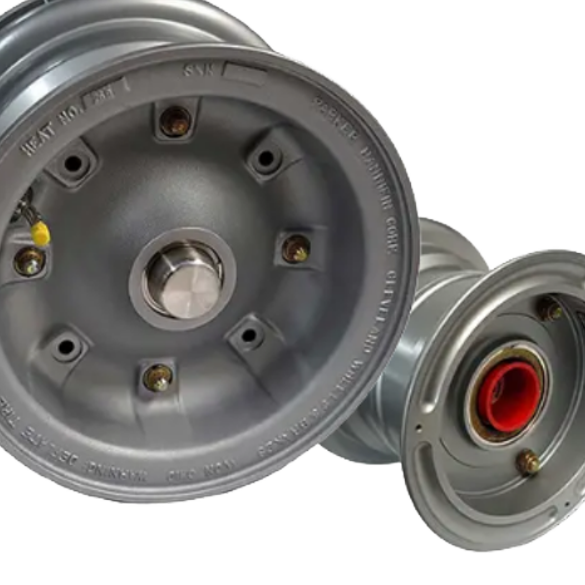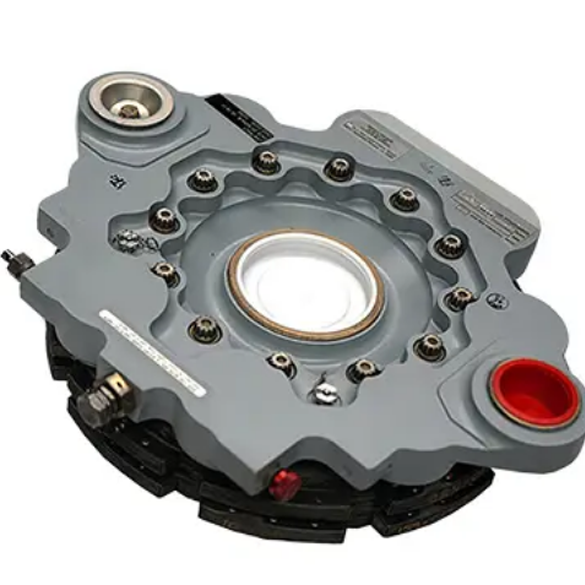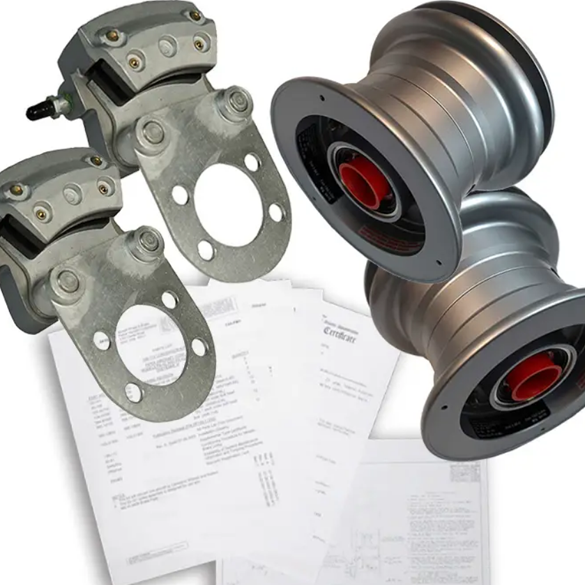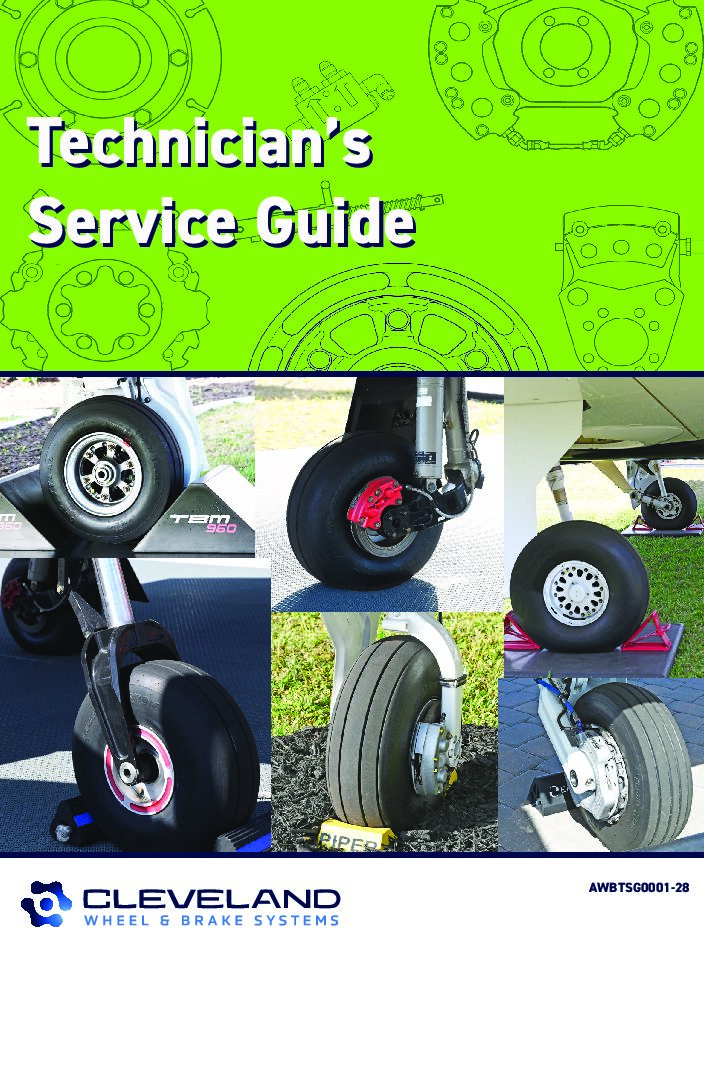- Supplier Resources
- Cleveland Wheel and Brake Systems is committed to creating and maintaining a mutually beneficial relationship with our suppliers. We strive to make it easy to do business as we work together to adhere to the necessary regulations within the aerospace industry.
- Commercial Terms & Conditions (Rev 3/2023)
- Government Terms & Conditions (Rev 10/2024)
- Supplier Quality Requirements Manual (SQRM-5/2025 | P9112/8-2025)
- Technical Publications
- Visit our subscription partner Veryon (formerly ATP) to find specific technical publications for Cleveland Wheels and Brakes products. Our partnership with Veryon will help keep your fleet in the air.
- Visit Veryon store
Looking for product documents? Search by part number







